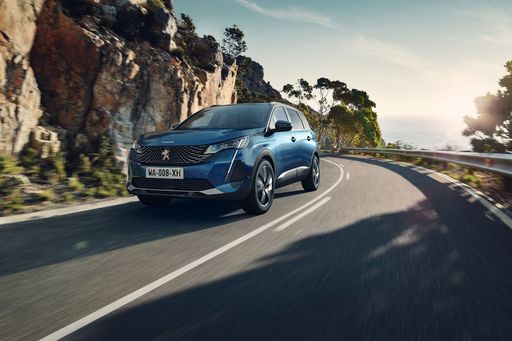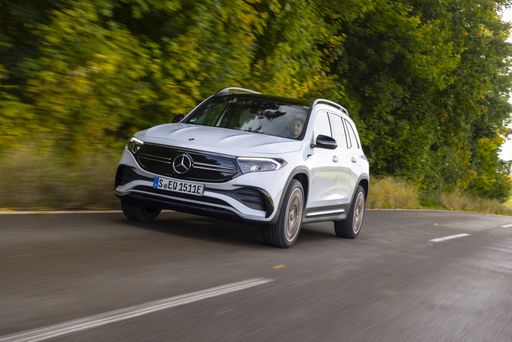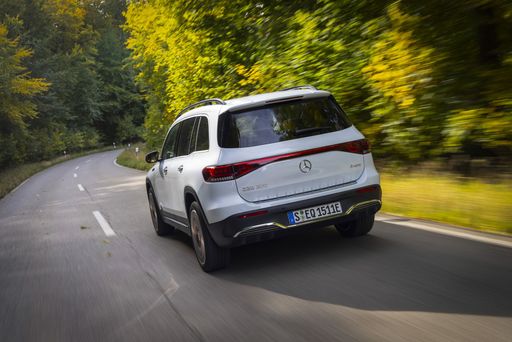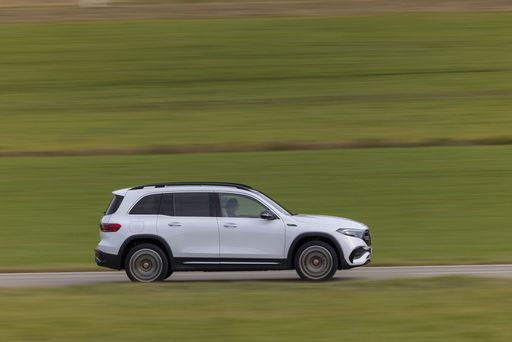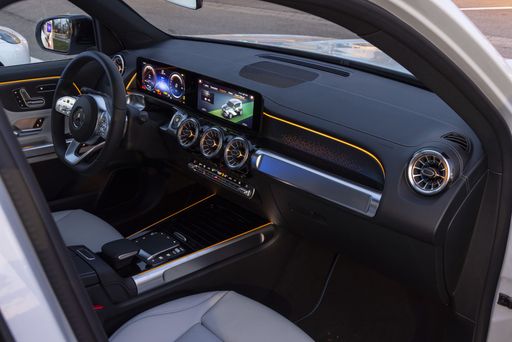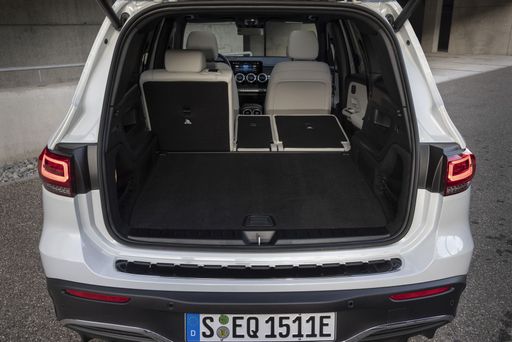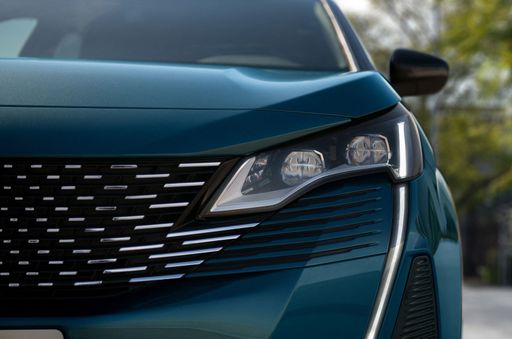Electric vs. Hybrid: Mercedes EQB vs. Peugeot 5008
In the burgeoning world of SUVs, the battle between electric and hybrid vehicles is heating up. The latest offerings from Mercedes-Benz and Peugeot epitomize this clash of titans: the fully electric Mercedes EQB and the versatile Peugeot 5008, which combines petrol, hybrid, and electric options. Both models bring unique strengths to the table, making the choice a matter of preference and need.

